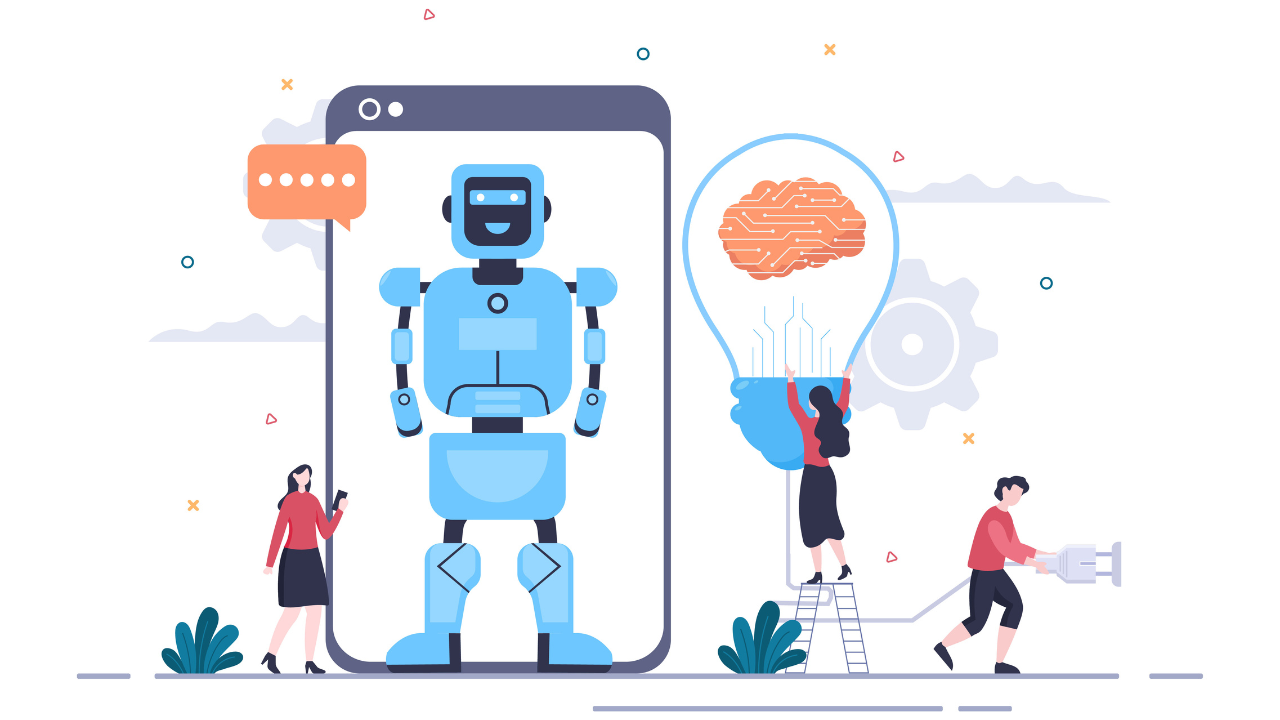Generative AI is a rapidly developing field that has the potential to revolutionize many industries. However, technology leaders must face some hard truths about the implementation of generative AI. From slow monetization to data readiness, there are several challenges that must be addressed.
One of the hard truths about generative AI for technology leaders is the slow adoption and monetization of generative AI features. According to Monte Carlo Data, many companies struggle to monetize their generative AI features. This is due to a lack of understanding of how to integrate generative AI into existing workflows and business models. Additionally, some companies may be hesitant to invest in generative AI due to concerns over its complexity and potential risks.
Another hard truth is the challenge of preparing data for generative AI. As IMD explains, generative AI can create new content from existing data. However, this requires high-quality and well-organized data. Many companies may not have the necessary data infrastructure in place to support generative AI. This can lead to delays in implementation and suboptimal results.
Understanding Generative AI
Defining Generative AI
Generative AI is a form of artificial intelligence that involves machines learning to create new content, such as images, music, or text, that is similar to what humans can produce. This technology is different from other types of AI in that it does not rely on pre-existing data to make predictions or decisions. Instead, it creates new data based on the patterns it has learned from existing data. In other words, generative AI is capable of producing something that has not been seen before.
Core Technologies and Algorithms
Generative AI is powered by a variety of technologies and algorithms, including deep learning, neural networks, and natural language processing. These technologies allow machines to learn from large amounts of data and create new content that is similar to what humans can produce. For example, deep learning algorithms can analyze images and identify patterns to create new images that are similar but not identical to the original ones.
One of the key algorithms used in generative AI is the Generative Adversarial Network (GAN). GANs consist of two neural networks, one which generates new content and another which evaluates it. The two networks are trained together, with the generator network attempting to create content that can fool the evaluator network. This process continues until the generator network is able to create content that is indistinguishable from what a human can produce.
Overall, generative AI is a powerful technology that has the potential to transform a wide range of industries. However, it is important for technology leaders to understand the hard truths about this technology, including the challenges of monetization and data readiness. By understanding these challenges, technology leaders can better prepare their organizations for the future of AI.
Strategic Implications for Business
Generative AI has the potential to drive significant transformation in businesses, creating new opportunities for competitive advantage, innovation, and product development. Technology leaders need to understand the strategic implications of generative AI to stay ahead of the curve.
Competitive Advantage
Generative AI can help businesses gain a competitive edge by enabling them to create new products, services, and business models. By automating the process of generating ideas, businesses can rapidly prototype and test new concepts, bringing them to market faster than their competitors. Furthermore, generative AI can help businesses optimize their operations, reducing costs and improving efficiency.
Innovation and Product Development
Generative AI can revolutionize the way businesses approach innovation and product development. By automating the process of generating ideas, businesses can explore a wider range of possibilities and identify new opportunities. Furthermore, generative AI can help businesses optimize their products and services, tailoring them to the needs of individual customers and improving their overall user experience.
In conclusion, generative AI has the potential to transform businesses in significant ways, creating new opportunities for competitive advantage, innovation, and product development. Technology leaders need to understand the strategic implications of generative AI to stay ahead of the curve.
Ethical Considerations
Generative AI has the potential to revolutionize the way businesses operate, but it also raises ethical concerns that must be addressed. As technology leaders consider the adoption of generative AI, they must be aware of the ethical considerations involved.
Bias and Fairness
Generative AI systems can be biased if they are trained on data that is not representative of the population. This can lead to unfair outcomes and discrimination. To address this concern, technology leaders must ensure that the training data is diverse and representative of the population. They must also monitor the output of the generative AI system to ensure that it is fair and unbiased.
Transparency and Accountability
Generative AI systems can be opaque, making it difficult to understand how they arrived at a particular decision. This lack of transparency can be problematic, especially in situations where the decision has significant consequences. Technology leaders must ensure that the generative AI system is transparent and accountable. This can be achieved by providing explanations for the decisions made by the system, and by allowing for human oversight and intervention.
In conclusion, technology leaders must consider the ethical implications of generative AI before adopting it. They must be aware of the potential for bias and unfairness, and they must ensure that the system is transparent and accountable. By doing so, they can ensure that generative AI is used in a responsible and ethical manner.
Risk Management
Generative AI is a powerful tool that can generate new ideas, products, and services. However, it also poses significant risks to businesses. To mitigate these risks, technology leaders must have a comprehensive risk management plan in place.
Security Risks
One of the biggest risks associated with generative AI is security. Hackers can use generative AI to create fake data or manipulate existing data, which can lead to serious security breaches. To prevent this, businesses must ensure that their generative AI models are secure and that they have a robust data governance framework in place.
Businesses can also use encryption and other security measures to protect their generative AI models. They should also ensure that their employees are trained to identify and respond to security threats.
Intellectual Property Challenges
Another risk associated with generative AI is intellectual property (IP) challenges. Generative AI can create new products, services, and ideas, which can lead to disputes over ownership and IP rights. To prevent this, businesses must ensure that their generative AI models are designed to avoid infringing on existing IP rights.
Businesses can also use legal agreements, such as non-disclosure agreements and licensing agreements, to protect their IP rights. They should also work closely with their legal team to ensure that their generative AI models are compliant with relevant IP laws and regulations.
In conclusion, generative AI poses significant risks to businesses, but these risks can be mitigated through effective risk management strategies. By implementing security measures and addressing IP challenges, technology leaders can harness the power of generative AI while minimizing the risks.
Preparing for the Future
As generative AI continues to evolve, it is important for technology leaders to prepare for the future. This means taking steps to ensure that their organizations are ready to handle the changes that will come with the widespread adoption of this technology. Two key areas that leaders should focus on are workforce transformation and the regulatory landscape.
Workforce Transformation
One of the most significant impacts of generative AI will be on the workforce. As this technology becomes more prevalent, many jobs will be automated, and new jobs will be created. It is important for technology leaders to prepare their organizations for this transformation by investing in training and education programs that will help their employees acquire the skills they need to succeed in the new economy.
Leaders should also consider how the introduction of generative AI will impact their company culture. They should work to create a culture of innovation and experimentation that encourages employees to embrace new technologies and adapt to change.
Regulatory Landscape
Another important consideration for technology leaders is the regulatory landscape surrounding generative AI. As this technology becomes more prevalent, governments around the world will likely introduce new regulations to govern its use.
Leaders should stay up to date on these regulations and work to ensure that their organizations are in compliance. They should also work with policymakers to shape the regulatory landscape in a way that supports innovation while also protecting the rights of individuals.
In conclusion, preparing for the future of generative AI requires a proactive approach from technology leaders. By investing in workforce transformation and staying up to date on the regulatory landscape, they can position their organizations for success in the new economy.




